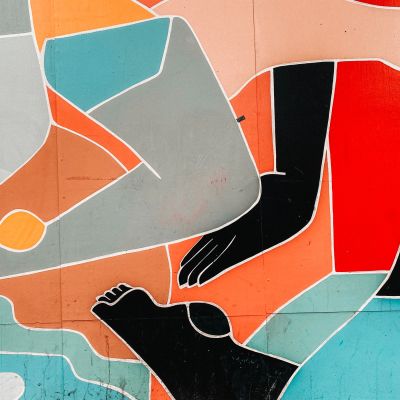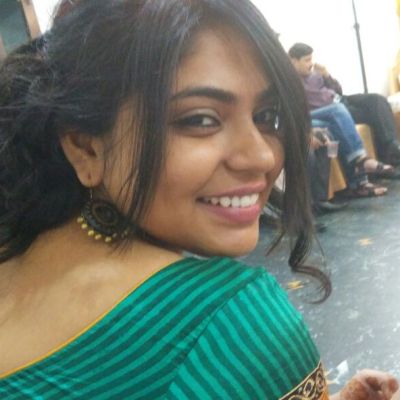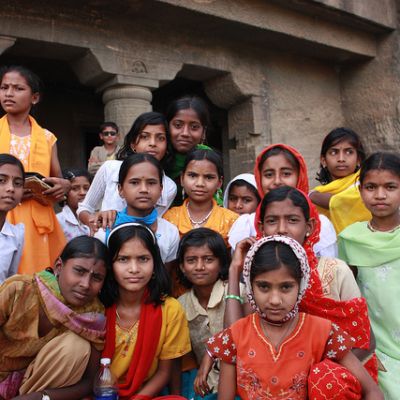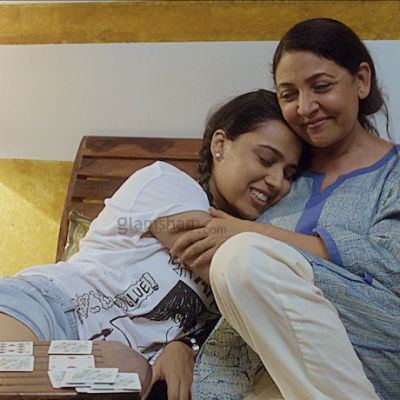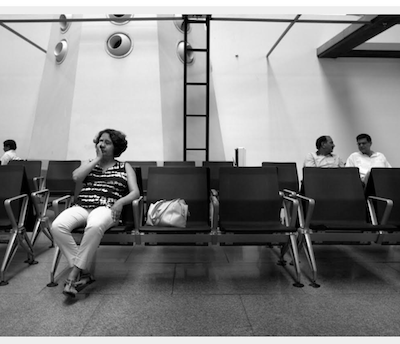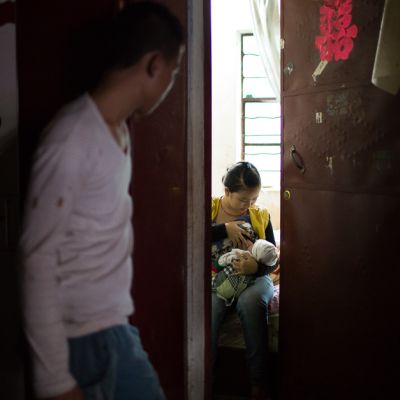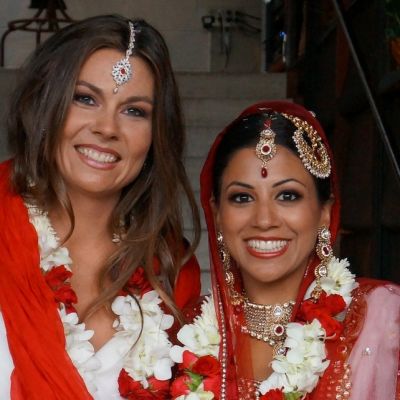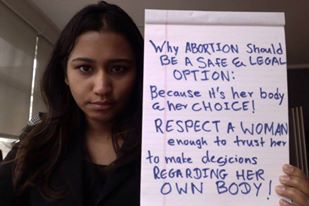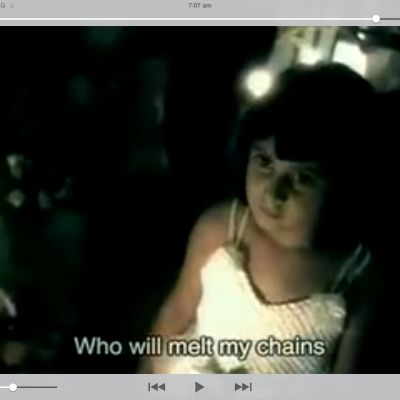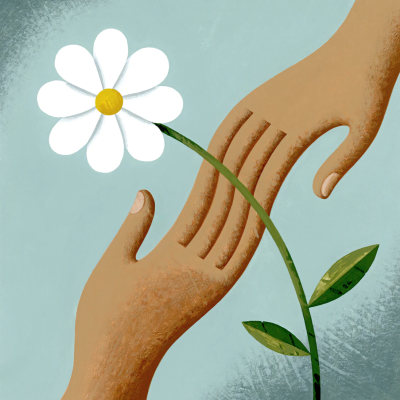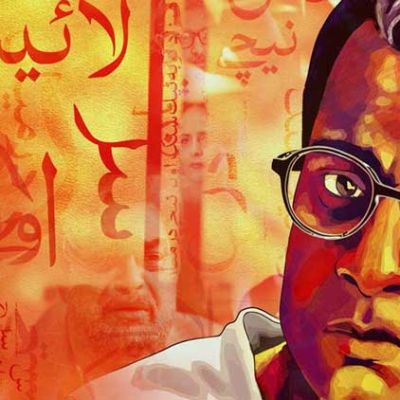Marriage
If we are to reimagine coupledom and sexuality, we need to expand and challenge our ideas about togetherness, romance, love, intimacy, desire, sex, attachment, and so on.
Even in a country obsessed with anime, Kondo’s wedding shocked many. But he wants to be recognised as a “sexual minority” who can’t imagine dating a flesh-and-blood woman.
It was at the end of the first week of October (2013) that my maternal uncle and I went to…
Choices about life, relationships and desires are all defined based on socio-economic background, caste, class, gender and sexuality. When these young girls found a comfortable and safe space, they openly talked about their desires and experiences and how they negotiated their existing environments in order to pursue their desires.
Reviewing three films (or the subplots of three films) to see how subplots show that marriage isn’t a destination or a single story that begins and ends in the ‘happily ever after’.
Alankrita Singh brings us a sparse and evocative series of photographs of women out in the world, by themselves. With a quiet defiance, it depicts women interacting with the world, at leisure, resisting the socio-cultural negativity they face when not under the care of men.
In the Chinese province of Yunnan, ‘early marriage’ is a common phenomenon. Dearth of employment opportunities compels parents to marry off their children before leaving for work in bigger cities. The cultural trend favours early marriage, so there is no social stigma attached to it.
[slideshow_deploy id=’5886′] In India, non-heterosexual couples cannot openly celebrate their love and their relationships or form families. However, Indians living…
By and large, society expects a woman to marry. Often people in one’s circle judge a woman if she doesn’t marry, inquiring about what could be wrong but most never assuming that it could be out of choice
Cultural norms and religion no doubt affect the way we perceive the world. They shape one’s behaviour, habits and practices,…
Breakthrough’s video – Babul – is a beautifully shot, stirring music video that explores the reality of domestic violence behind…
Desiring motherhood meant veering into a more ‘girly’ territory, a notion that I had simultaneously been fighting and trying to embrace since childhood. I had understood that to be a feminist I had to be independent, be wary of men, dislike families and relationships.
Singleness represents eschewing all that patriarchy imposes on us in the name of emotional and financial protection. Women who decide not to marry defy age-old ‘wisdom’ mixed with terrible psychological and biologically-backed explanations.
You see, you are being pushed and pulled in all directions because people around you, whether family, friends or the larger society, expect you to behave in a particular fashion and stick to existing norms. However, your inner voice is telling you to challenge these norms and follow your own path.
All these stories are examples of courage and hold great significance in the development of the Urdu story and for bringing to our notice the misery of the average Indian woman. A new era of Urdu stories has taken birth that not only acknowledges the issues of women inside and outside of house, but also openly deals with ‘immodest’ and ‘indecent’ themes such as sexuality.

